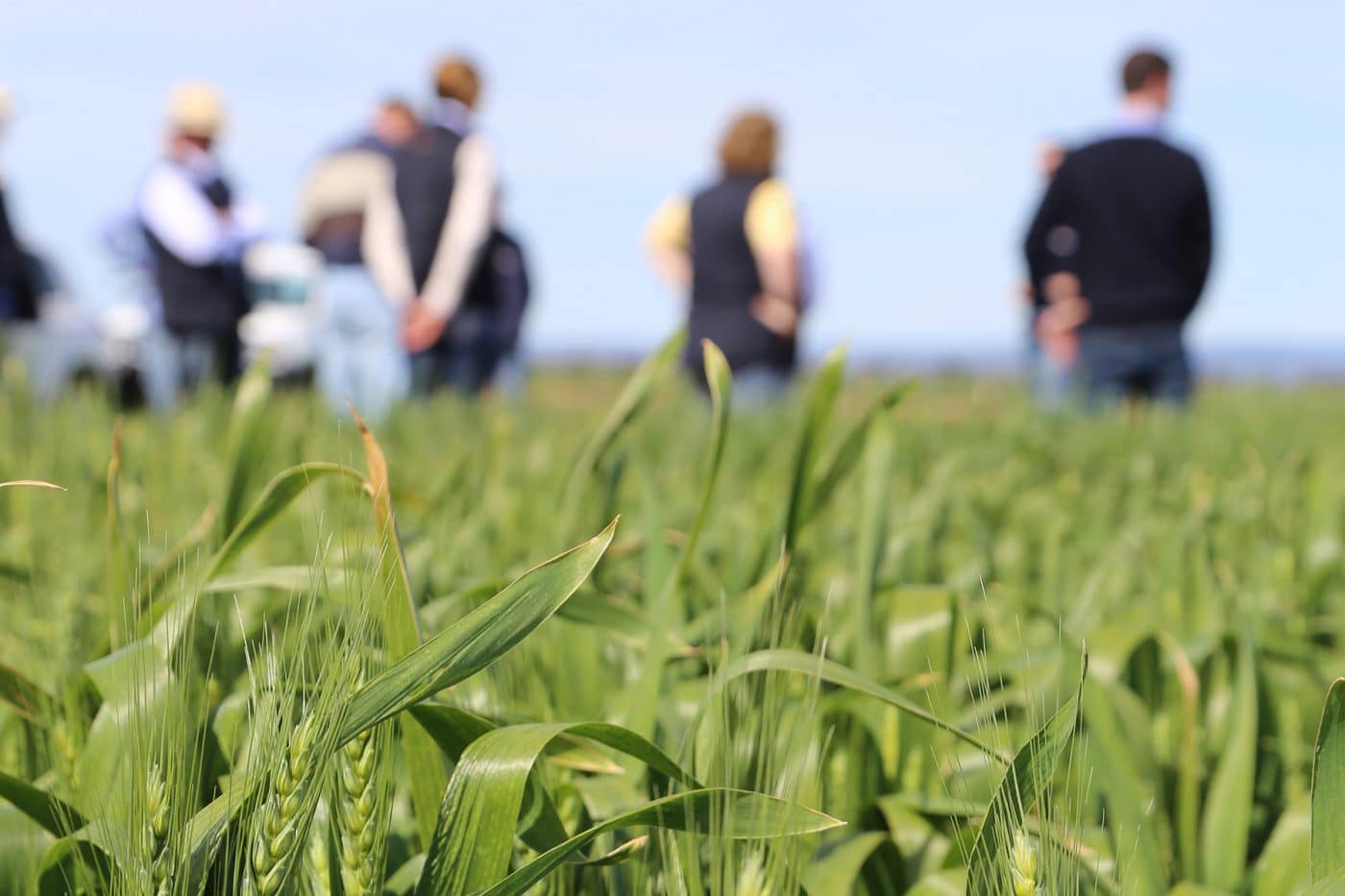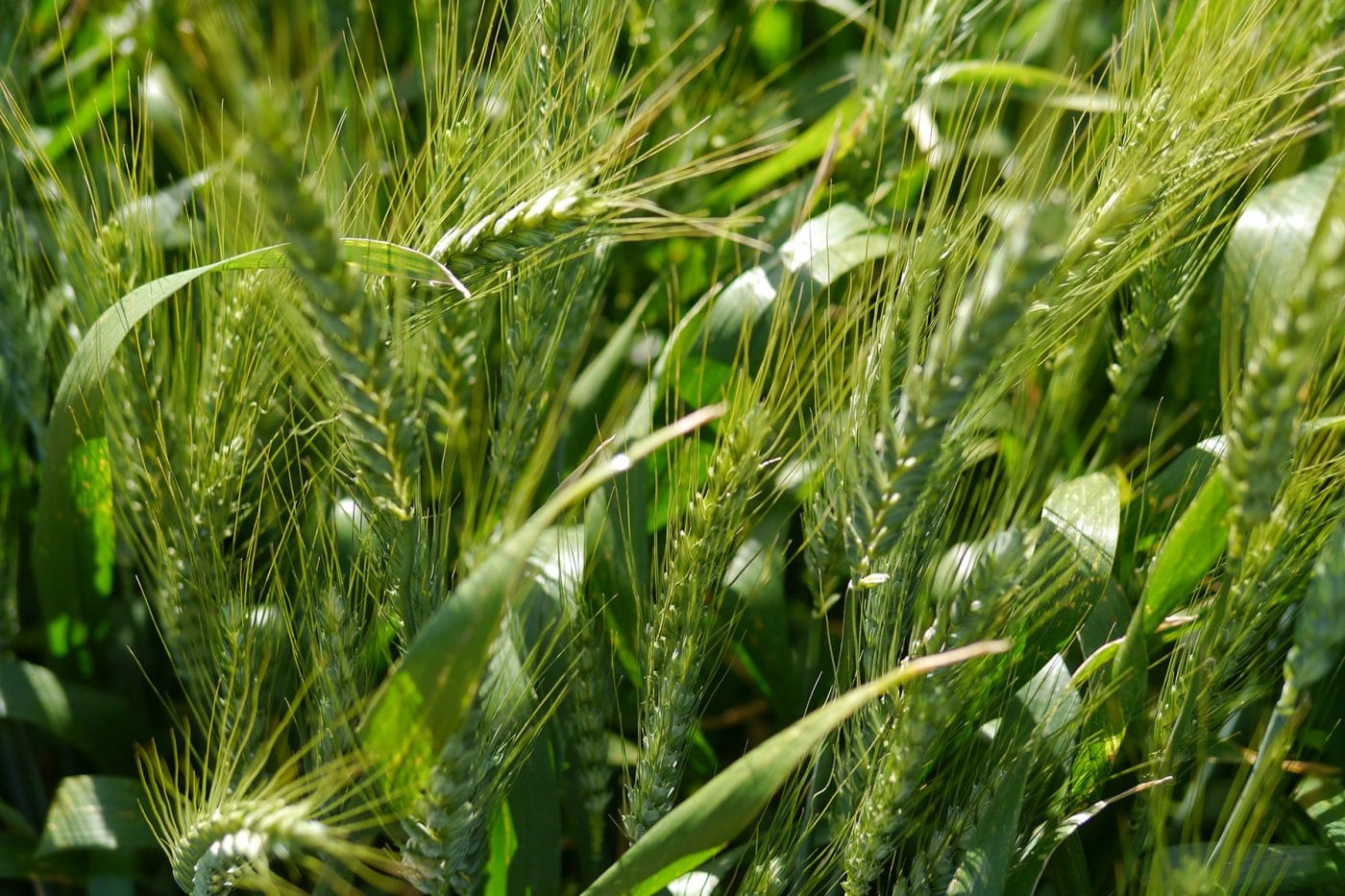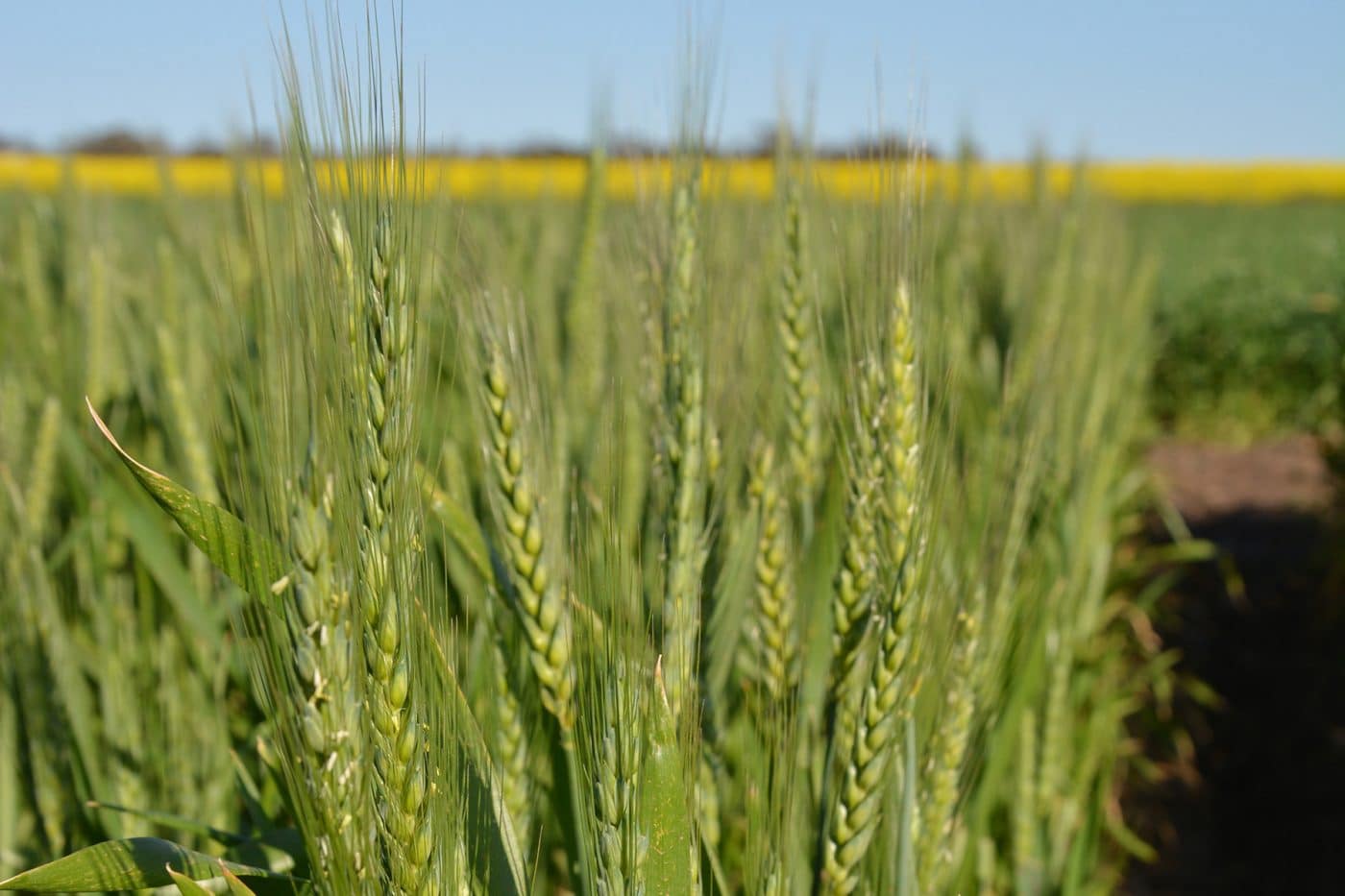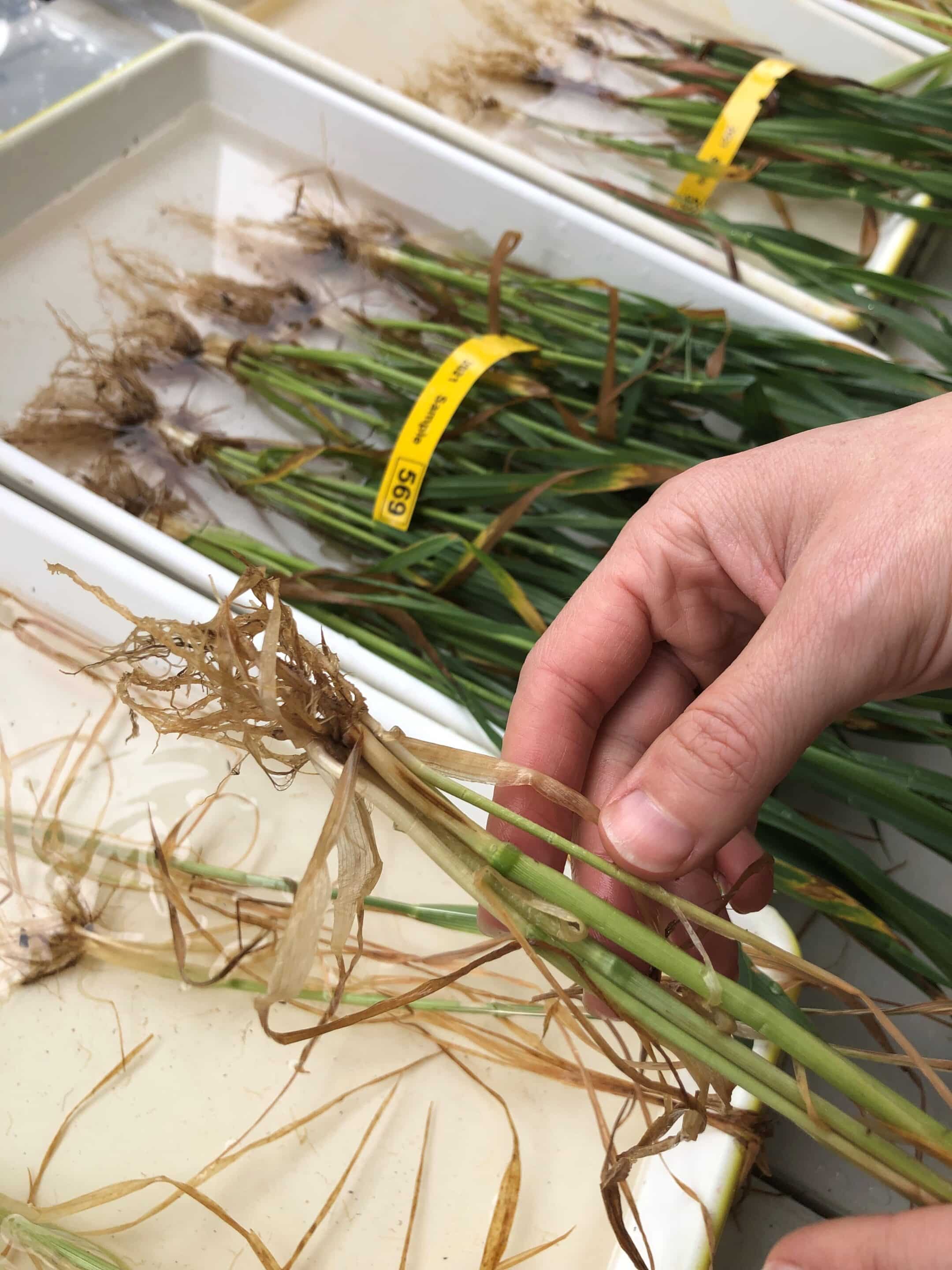START
FINISH

Summary
Crop establishment and crop vigour were enhanced by using high quality seed but there was no yield benefit in manipulating seed quality when yields were below 2.5 t/ha. Therefore it is farmers in higher yielding environments who are likely to benefit most from using high quality seed.
Background
Seed quality, represented by the size and nutrient concentration of the grain, can potentially affect the vigour and yield of crops. Larger seed provides more nutrients for early growth, leading to good establishment and vigorous growth.
The source of seed can be important since location can affect seed nutrient content due to the influences of soil type, fertiliser applications and seasonal conditions.
This trial was conducted to determine the influence of seed size and seed source on plant vigour and grain yield and quality in areas with different rainfalls.
Research Aims
The aims of the project were to quantify the benefits of seed quality to early vigour and yield in wheat on different soil types across South Australia. This included assessing the relative importance of grain protein, seed mineral nutrient concentrations and seed physical properties on yield and to provide guidelines on the best agronomic practices to maximise seed quality.
In The Field
Two sets of trials were conducted between 2012 and 2014.
Seed source: Seed from NVT Trials from SA was used in the experiment. Each seed sample was analysed for grain nutrient concentration and protein, with these results being used to select the seed sources for the trial. The seed from each selected site was graded into two sizes (>2.8mm and 2.5-2.8mm) in 2012 and 2013 and three sizes (2.2-2.5mm, 2.5-2.8mm and >2.8mm) in 2014. Between three and seven varieties were grown. The trials were at Minnipa and Turretfield in 2012, 2013 and 2014 and in Karoonda in 2013 and 2014.
Seed nutrient loading: wheat was grown at Warooka and Turretfield and had a number of late-season nutrient treatments imposed to manipulate seed nutrient concentration. Additional nitrogen, zinc, manganese and copper were applied at various growth stages, as was phosphorus at seeding. There were 12 treatments combining three fertiliser treatments and four times of application.
Results
There were variations in nutrient concentrations from seed taken from different sites across South Australia. Seed source significantly influenced yield in six of the eight experiments but the effects were small and sometimes dependent on the variety or seed size. The average yield difference between the best and worst seed sources was 5-10%. No single grain characteristic could explain the effect of seed source in every case, however, phosphorus, potassium and zinc were most commonly associated with variation in yield.
It was predicted that using seed from a site where P concentration was 4000 mg/kg compared to one with 3000 mg/kg could improve yield by 2-3%. At a grain price of $270/t, this equals an extra $5-8/t/ha, so at a base yield of 3t/ha, this would add an extra $15-24/ha.
Nutrient analysis of graded seed from 2012 and 2013 showed no consistent effect of seed size on grain protein or nutrient concentration in the grain.
Grading seed into small and large sizes improved crop establishment and crop vigour but the effect on yield depended on the location of the trial. The benefits of large seed were greatest at higher yielding sites.
Applying foliar sprays after flag leaf emergence was effective in increasing micronutrients and grain protein in the seed. Doubling the amount of P fertiliser caused only a small change in grain P concentration.
Project Participants
University of Adelaide: Associate Professor Glenn McDonald
SARDI: Shafiya Husseini, Leigh Davies and Rob Wheeler.
The Problem
The project was designed to examine the effects of seed source, seed size and seed nutrient concentration on yield across South Australia.
The research
Field trials were designed to assess the impact of different grain sizes and nutrient contents on growth and grain yield of wheat. This included agronomic practices to produce seed of high quality and evaluating the economics of such practices with returns.
More information
Associate Professor Glenn McDonald, University of Adelaide
T: 08 8313 7358
E: [email protected]
Value for Growers
This research project confirmed the importance of seed source to yield. It is often assumed that benefits from high quality seed are equally expressed in all environments but this research demonstrated this may not necessary always the case.
While the work showed there are benefits to yield of up to 10% from using larger seed or seed of high P concentration, these benefits were only realised where yields higher than 3 t/ha were obtained.
Crop establishment and crop vigour were enhanced by using high quality seed but there was no yield benefit in manipulating seed quality when yields were below 2.5 t/ha. Therefore it is farmers in higher yielding environments who are likely to benefit most from using high quality seed. However, the exception to this is when crops are grown in soils deficient in one or more nutrients, in which case high seed nutrient concentration can help alleviate the effects of nutrient deficiencies in the soil.
Seed nutrient concentrations can vary 2-3 fold depending on source and even when grown under high levels of management, such as the NVT trials, grain with nutrient levels below critical values can be produced.
Grading the seed was not an effective way to alter nutrient profiles in the grain because it did not significantly shift the nutrient concentrations.
Late foliar application of micronutrients and N targeting between flag leaf emergence and early grain fill can enhance seed nutrient concentrations.
Latest Research Projects





